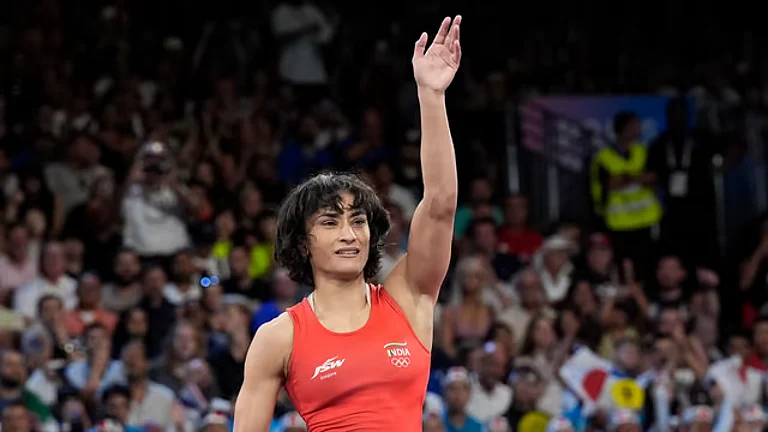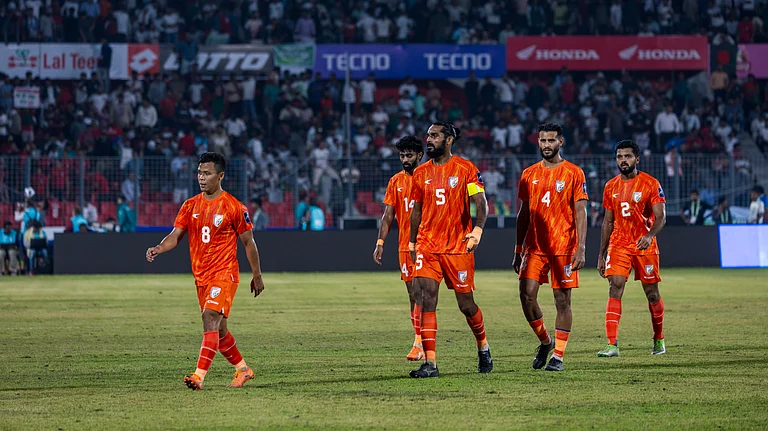In the world of sports, injuries are a part of the game. For athletes, recovering from an injury is often the most difficult phase. It is not just about healing physically, but also staying mentally strong, keeping up with training plans, and not falling behind competitors. In a country like India, where access to quality medical support is still a challenge for many sportspersons, the arrival of AI-powered MRI technology could change everything.
This new technology is starting to reshape how injuries are diagnosed and treated. It is fast, smart, and accurate. More importantly, it could bring world-class medical support even to athletes who train in smaller towns and villages.
What is AI-powered MRI?
To understand this better, let’s first break down the term. MRI stands for Magnetic Resonance Imaging. It is a machine that takes detailed pictures of the inside of our body, especially soft tissues like muscles and ligaments. Doctors use these scans to find out the exact location and seriousness of an injury.
Now, when artificial intelligence, or AI, is added to this process, the machine becomes more than just a camera. It learns from thousands of past scans and patient records. This helps it quickly spot injuries, even the small ones that might get missed by the human eye. It also helps doctors understand how long the athlete might take to recover and what kind of treatment would work best.
Why Indian athletes need it
For many Indian athletes, especially those playing contact sports like kabaddi, wrestling or football, injuries are common. But the real problem begins after the injury. In cities, athletes may find good hospitals and expert doctors. But in rural or small-town India, it takes time to reach a proper facility. The scans take time, and the reports take even longer. In the meantime, the injury might get worse.
AI-powered MRI can help reduce this delay. The scan is read almost immediately, and the diagnosis is ready within minutes. This means the athlete does not have to wait for days or weeks to begin treatment. For sportspeople preparing for competitions or trials, this can be a huge advantage.
More accuracy, better treatment
Traditional MRI reports are studied by radiologists, who are trained to spot problems. But even the best doctor is human and can miss something on a busy day. AI, on the other hand, is trained on massive amounts of data and can catch very small tears or signs of long-term damage.
This helps in two ways. First, it makes sure that the treatment starts based on accurate information. Second, it reduces the risk of the athlete getting injured again in the same area.
Personalised recovery plans
One of the most useful features of AI-powered MRI is that it can suggest a recovery plan suited to the individual. For example, two athletes may have the same ankle injury, but their body type, training routine, and competition schedule could be very different. AI takes all this into account and gives suggestions for a suitable recovery timeline, exercises, and when it might be safe to return to full training.
This makes the treatment more focused and helps in faster recovery.
Growing interest in India
Several Indian startups and health tech companies are now working on AI tools in medical imaging. Hospitals in cities like Delhi, Mumbai and Bengaluru are already using AI-powered radiology services. Slowly, sports authorities, government centres and private academies are showing interest too.
The Sports Authority of India (SAI) has been investing in better sports science and medical support. If AI-powered MRI becomes a part of regular injury treatment in national camps and training centres, it could improve the careers of many young athletes.
Challenges to overcome
While this technology is exciting, it is not without challenges. Not every hospital or clinic in India has access to MRI machines, and AI-supported machines are even rarer. Also, there is a need to train doctors, physiotherapists and technicians in how to use these new tools properly.
Another issue is the availability of quality medical data. AI systems learn from data, so Indian sports bodies need to start maintaining better injury records of their athletes to make full use of this technology.
Lastly, AI should support doctors, not replace them. Human experience and judgement will always be important, especially in complex cases.
A hopeful future
India has always had talent in sports. From cricket grounds to wrestling mats, from badminton courts to hockey fields, our athletes are shining brighter every year. But for every success story, there are also stories of promising careers cut short due to injuries and lack of proper medical support.
AI-powered MRI offers hope. It promises quicker diagnoses, better treatment, and more chances for athletes to come back stronger after an injury. With the right push from the government, sports institutions, and private players, this technology can reach the grassroots level.
A young athlete in a small town should not have to give up a dream just because of a delayed injury report. With AI stepping in, we may finally have a fairer system—where recovery does not depend on where you live, but how fast we can act.
The future of Indian sports may not only rest in the hands of coaches and players, but also in the quiet hum of a machine that understands the human body better than ever before.



























